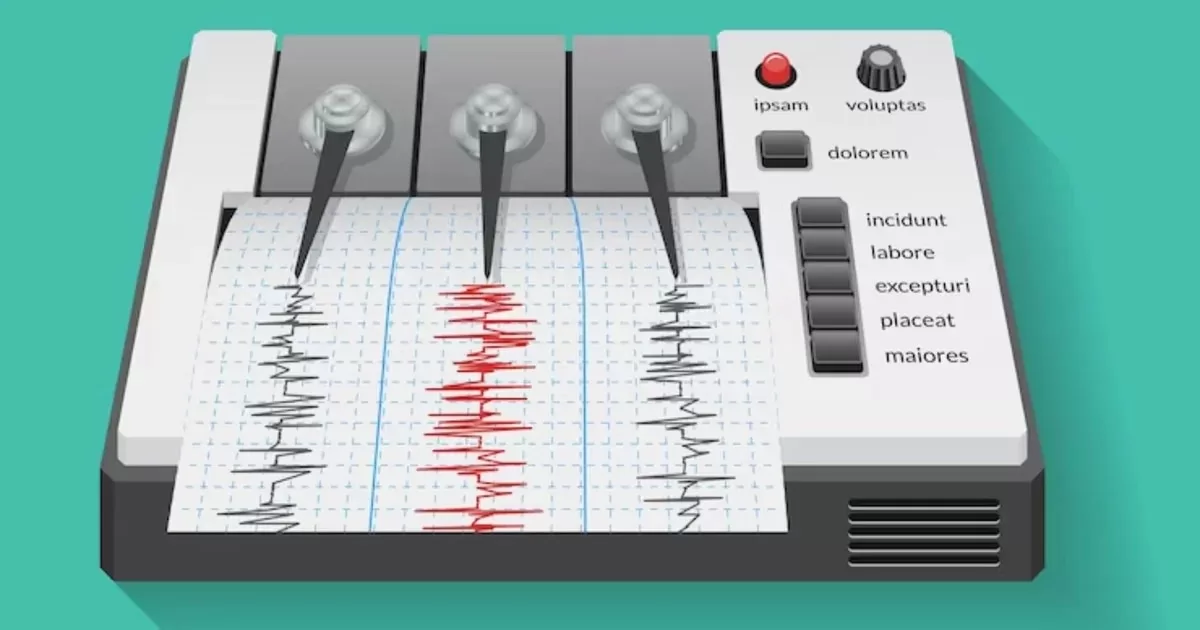Technology from Vienna helps to monitor air pollutants from space. The NASA mission TEMPO launched on April 7 aboard a Falcon 9 rocket and has now reached its final position in geostationary orbit at an altitude of 36,000 kilometers Beyond Gravity on Friday with The Viennese space company has one for the NASA instrument navigation receiver built to pinpoint exact location in space while measuring atmospheric gases such as ozone over North America.
Flown on communication satellite
The NASA instrument “Tropospheric Emissions Monitoring of Pollution” (TEMPO) flies on an Intelsat geostationary communications satellite. It is a UV spectrometer that measures light from the earth’s surface and atmosphere reflected and scattered sunlight to detect pollutants such as ozone, nitrogen dioxide or formaldehyde. The data it collects is intended to Improving air quality prediction contribute.
Exact position, exact climate data
The GEORIX navigation receiver is designed to help TEMPO determine its position in orbit. The more accurate this is, “the more precise the NASA climate data are,” explained Kurt Kober, Managing Director of Beyond Gravity Austria. It is the first navigation receiver the company for a geostationary orbit. Around 30 such devices from the Vienna space company currently determine the position of satellites in near-Earth orbits.

